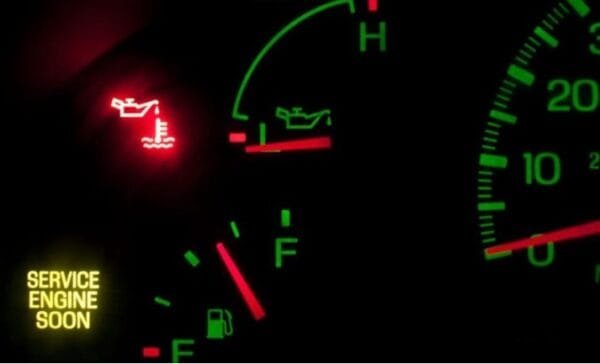The oil light on your dashboard is a crucial indicator of your vehicle’s health, particularly after an oil change. If this light activates post-service, it can signal several underlying issues that require immediate attention. Understanding these reasons is vital to ensure your engine remains in good condition.

1. Incorrect Oil Level
One primary reason for the oil light to illuminate after an oil change is an incorrect oil level. Whether the level is too high or too low, it can interfere with the oil pressure readings. Always verify that the oil used matches your vehicle’s required viscosity and check the level using the dipstick.
2. Lack of Oil Filter Lubrication
Before installing a new oil filter, it’s essential to lubricate its rubber seal with oil. Neglecting this step may cause the oil light to activate as the pressure drops. Instead of revving the engine to increase oil pressure, follow proper protocols to ensure the system is adequately pressurized during startup.
3. Dirty or Sludgy Oil
If oil changes are neglected, sludge can form within the engine, resulting in insufficient oil pressure; this condition will illuminate the oil light. A thorough oil change might not resolve this if the old, dirty oil hasn’t been entirely purged.
4. Pressure Sensor Issues
A malfunctioning oil pressure sensor or circuit can also be responsible for triggering the oil light after an oil change. If the sensor fails to provide accurate readings, it can falsely indicate low pressure despite sufficient oil circulation.
5. Oil Leaks
Unexpected oil leaks can occur even shortly after an oil change. Look for oil puddles beneath your car or monitor oil levels regularly after any service. If your oil light activates, it may suggest a critical issue requiring professional inspection.
6. Faulty Oil Pump
A malfunctioning oil pump may fail to circulate oil adequately, resulting in both overheating and noise. If there’s suspicion of an oil pump problem, it’s crucial to address this immediately to prevent permanent engine damage.
7. Electrical Problems
While less common, electrical issues affecting the oil pressure sensor can misfire the lights. Damage to wires or corrosion can disrupt the function of this sensor, necessitating a cautious inspection by a qualified mechanic.




